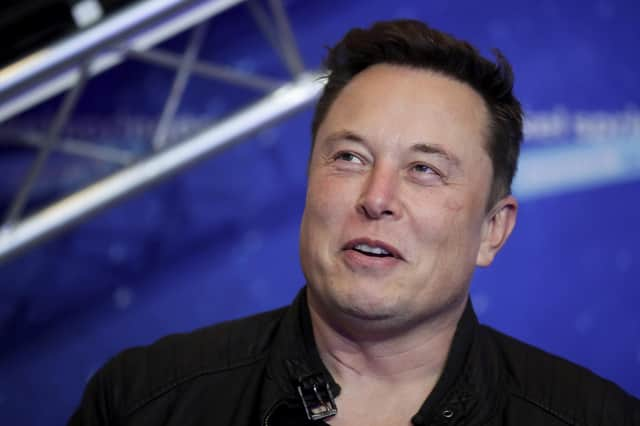The big inflation secret bankers don’t want you to know about - Jim Duffy


For decades, central bankers have dictated that inflation should hit a sweet spot around two per cent. However, they have failed to get anywhere near this target. Since the financial crash of 2008-9, interest rates have been at almost zero. These rates have been set here to kickstart or stimulate the economies of the world. Highly paid economists have decreed this is the best monetary policy available to them to get some impetus back into growth. Alas, that hasn’t worked well. Inflation is there or thereabouts two per cent, but that is inflation measured on a basket of goods that is way out of date. Just like the central bankers.
If the stuff we use every day was appreciating at a paltry two per cent per annum, then actually we’d be doing pretty well. But, the big discrepancy, error or some would say, obfuscation, is that in fact, inflation is running at ten per cent and the bankers don’t want us to know that. Since the 2008-9 crash prices for cars, holidays, food and property have risen much more than two per cent. Let’s take house prices as an example.
Advertisement
Hide AdAdvertisement
Hide AdForget London, where the average cost of a flat is now over a whopping £500,000. Just look at Edinburgh, Fife or Perthshire. House prices have rocketed, hitting all time highs with annual growth rates of five per cent-15 per cent in some areas. Let’s be conservative here and say five per cent. That’s five per cent compounded over a number of years. Compounding adds more to purchase prices, so the level of inflation of houses is in fact sitting about ten per cent based on the number of closing dates and quick sales taking place. And once you’ve bought your home and want to make improvements or extend, try getting builder to give you a reasonable quote! Its film star wages for builders these days as folks scramble to upgrade houses, knowing the outcome is appreciation. You know exactly what I mean, which highlights that while the central banks churn out two per cent as a headline figure, in fact we are way above that when it comes to assets outside cash. But, it gets worse.
The Bank of England, Federal Reserve and ECB have all had to print more money as a result of the pandemic. Think about that for a moment. They didn’t sell the gold they have in their reserves in big vaults under their posh head offices. Why? They don’t have any. So, they create “new” money. Don’t you wish you had a magic money tree in the garden? This new money then dilutes the purchasing power of your pound. The result is it means you need more pounds to buy the goods that are inflating at ten per cent. It’s a vicious cycle. This is the real “bubble”, not the fact that Bitcoin is on the up.
This is why Musk has put Bitcoin on his balance sheet. It is hard money that cannot inflate. Central bankers cannot print more of it. So, its scarcity works well as a deflationary asset. Mr Musk is smart. He’s figured that out.
Now, just watch so many other big companies do the same as they watch their cash piles melt with the real inflation number and central bank money printing. This is the real macroeconomic story behind Bitcoin and why Tesla has added it to its balance sheet.
Jim Duffy, MBE, Create Special
Comments
Want to join the conversation? Please or to comment on this article.